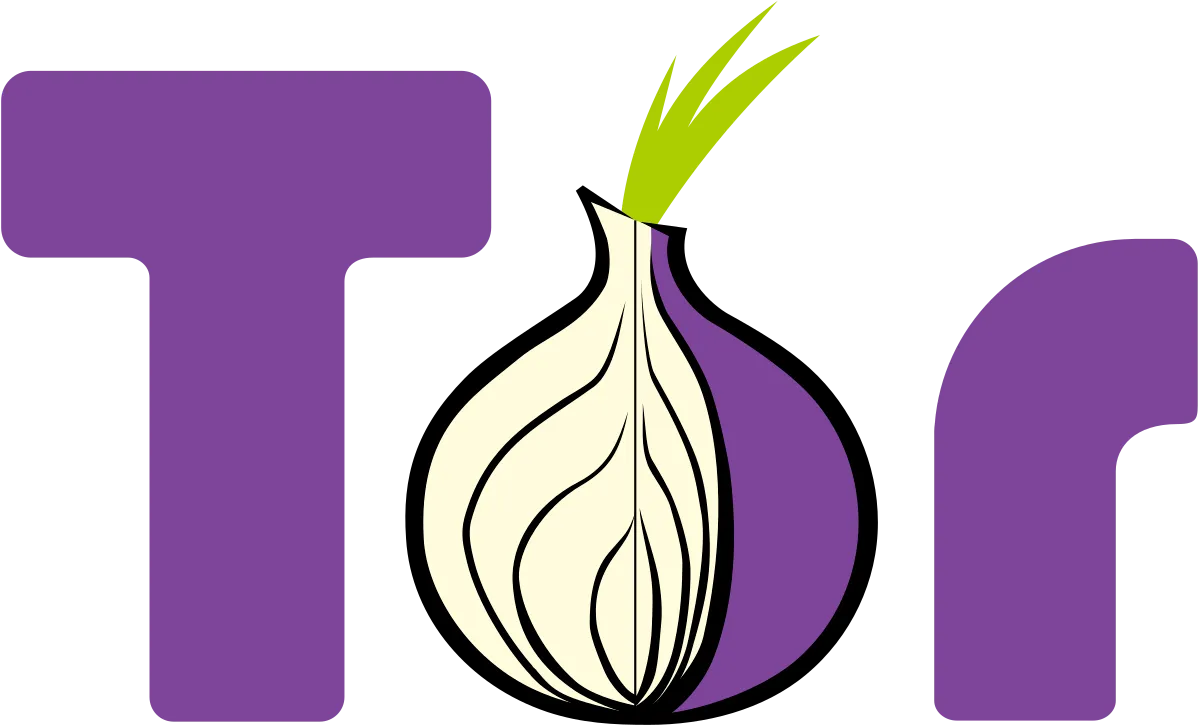The Tor Project: Ensuring Anonymity Online
In an age where privacy and online security are paramount, the Tor Project stands as a beacon for those seeking anonymity on the internet. This blog post delves into the history, key figures, community involvement, software offerings, operational mechanisms, and notable incidents that have shaped Tor into what it is today.
The Genesis of Tor
The Tor Project originated in the mid-1990s as a project of the United States Naval Research Laboratory, aimed at protecting government communications. The project was later released under a free and open-source license, allowing for broader civilian use. In 2002, the first version of Tor, known as The Onion Router, was launched. The project’s primary goal was to create a secure and private means of communication over the internet.
Founders
The Tor Project was founded by computer scientists Roger Dingledine and Nick Mathewson, with significant contributions from Paul Syverson. These pioneers sought to develop a network that anonymizes internet traffic, thereby protecting the user’s identity and location from surveillance and tracking.
The Tor Community
Tor has grown into a vibrant community of developers, researchers, and activists. This community is committed to enhancing privacy and freedom of expression online. Volunteers worldwide contribute to maintaining and improving the Tor network, including running relay nodes, developing software, and offering support and education to users.
Software Ecosystem
Tor’s software ecosystem includes both user-facing applications and server-side components, all designed to facilitate secure and anonymous communication.
User Software
- Tor Browser: The most well-known Tor software, Tor Browser, is a modified version of Mozilla Firefox designed to anonymize web browsing. It directs traffic through the Tor network, concealing the user’s IP address and encrypting data.
- Orbot: An Android application that acts as a proxy, enabling other apps on the device to use the Tor network for enhanced privacy.
- OnionShare: A tool for securely and anonymously sharing files using the Tor network, without the need for third-party services.
Server Software
- Tor (Daemon): The core software that powers the Tor network, running on servers to create the onion routing infrastructure.
- Obfs4proxy: A pluggable transport designed to circumvent censorship by disguising Tor traffic as regular internet traffic.
- Stem: A Python library for developers to interact with the Tor network, useful for creating custom Tor-related applications.
How Tor Works
Tor operates through a network of volunteer-run servers known as nodes or relays. These nodes are categorized into three types: entry (or guard) nodes, middle nodes, and exit nodes.
- Entry Node: The first relay in the Tor circuit that knows the user’s IP address but not the final destination.
- Middle Node: An intermediary relay that only knows the previous and next nodes, adding a layer of obfuscation.
- Exit Node: The final relay that exits the Tor network to the open internet, knowing the destination but not the user’s IP address.
Onion Routing
Tor uses a technique called onion routing, where data is encrypted in layers, akin to the layers of an onion. Each node in the circuit peels away one layer of encryption, revealing the next node’s address. This multi-layered encryption ensures that no single node knows both the origin and the destination of the data.
Tor over VPN
Combining Tor with a Virtual Private Network (VPN) can provide an additional layer of security and privacy. There are two primary configurations: Tor over VPN and VPN over Tor.
Tor over VPN
In the Tor over VPN setup, the user first connects to a VPN server and then accesses the Tor network. This method has several advantages:
- ISP Protection: The user’s Internet Service Provider (ISP) cannot see that they are using Tor, as all traffic is first encrypted and sent to the VPN server.
- VPN Encryption: The VPN adds an extra layer of encryption to the user’s traffic before it enters the Tor network.
- Accessing Tor: Some ISPs or networks block access to Tor. Using a VPN can bypass these restrictions.
However, there are also drawbacks:
- Trust in VPN: The VPN provider can see that the user is accessing Tor and could potentially log this activity. Therefore, it’s crucial to choose a trustworthy, no-log VPN service.
- Performance: Adding a VPN to the Tor setup can slow down internet speeds due to the additional layer of encryption and routing.
VPN over Tor
In the VPN over Tor configuration, the user first connects to the Tor network and then to a VPN. This setup is less common and has its own pros and cons:
- ISP and Tor Network Protection: Neither the ISP nor the Tor network can see the final destination of the user’s traffic.
- Access to Sites Blocking Tor: Some websites block traffic from known Tor exit nodes. Using a VPN after connecting to Tor can help bypass these restrictions.
However, this method has significant disadvantages:
- Complexity: Setting up VPN over Tor is more complex and less supported by VPN providers.
- Trust in VPN: Similar to Tor over VPN, the VPN provider could potentially see and log the user’s activity.
Notable Incidents and Leaked History
Despite its robust privacy measures, Tor has faced several challenges and controversies.
- Silk Road: Perhaps the most infamous use of Tor was the Silk Road marketplace, which operated on the dark web for illegal drug sales. The FBI eventually took down the site in 2013, leading to the arrest of its founder, Ross Ulbricht.
- Snowden Revelations: Edward Snowden’s disclosures in 2013 highlighted the importance of tools like Tor in protecting whistleblowers and journalists from government surveillance.
- Leaked Vulnerabilities: Over the years, several vulnerabilities in Tor and its associated software have been discovered and patched. For instance, in 2014, researchers revealed a flaw that could de-anonymize users, leading to increased scrutiny and subsequent improvements in Tor’s security protocols.
The Future of Tor
The Tor Project continues to evolve, with ongoing research and development aimed at improving performance, security, and usability. The community remains dedicated to advancing internet freedom and privacy, advocating for human rights, and supporting those who face censorship and surveillance.
Conclusion
The Tor Project plays a critical role in the fight for online privacy and freedom. Its rich history, dedicated community, and innovative software solutions have made it a cornerstone for those seeking anonymity on the internet. Despite challenges and controversies, Tor’s mission to protect user privacy remains as vital as ever in our increasingly digital world. Combining Tor with a VPN can offer enhanced privacy, but users must carefully consider the trade-offs and choose trustworthy services to maximize their security.







Post Comment